
When fitting horse's rugs, it is easy to get into a bad habit of just slinging one on and "seeing what it looks like". Every now and again, however, it is a good idea to measure and assess the horse's rugs in question in order to ensure they are comfortable with your estimations. Alternatively, you may simply not know what to look for.
The standard measurement for rug fitting is from the centre of the horse's chest to the furthest point of the rump, in line with the base of the tail. In the UK, the measurement is taken in feet, but obviously depending on where you come from, you may need to convert this figure into the appropriate units.
Upon receiving new horse's rugs, you may need to make some thorough visual assessments of them for each individual horse. Like us, horses are all different shapes, and what suits one may not suit or be comfortable for another. Try and make sure that the buckles on your horse's rugs sit squarely in the middle of his chest, and that the rug neck covers the withers. Of course, if any of the horse's rugs have a neck cover or high cut neck, you will find it sits differently, in which case refer to the manufacturers fitting guide. As a general rule, however, slip your hand in around the shoulders, withers, and chest to see if any part of the rug may be digging into him or causing discomfort, which may eventually result in a rub.
The rest of the rug should be in line with the point of buttock, and if it has a tail flap, this should sit centrally over the tail, starting at the base of the dock. Look to see if the rug appears to be pulling on the croup, a rug which is too small, but shaped to fit over the back can pull between the withers and croup, making it uncomfortable. Also, a rug which is too big or small may pull back and cause injury to the shoulders, so always try and ensure you are completely happy with the fit of the rug.
If a horse's rug has special features, for example, ergonomic darts, which are often incorporated into the shoulder, make sure they rest where they should, in accordance with the manufacturers guide. Look at the pictures often included with rug packaging for a better idea. Finally, adjust the surcingles so that they are not too tight, but equally, not long enough that your horse may get caught in them when getting up and down in the stable. In the case of a turnout rug, the leg straps may also need to be adjusted for the same reasons. They need to be passed through one another when done up, but not crossed over, each should be done up on the same side of the rug it is attached to.
If you find that your rug fits perfectly, and your horse is still getting rubbed (this can occur if a horse has to wear a rug for unnaturally long periods of time, e.g. box rest) don't panic! You can buy vests, either quilted or silky smooth nylon, which protect the vulnerable chest and shoulder area, and also serve as an extra layer in cold weather. Alternatively, you could invest in a rug which is nylon-lined at the shoulder, as this would be easier to manoeuvre, but it depends how old the offending rug is!
If in doubt, always get an experienced person to check the rug for you. In general, it becomes something you get used to judging, and eventually a quick glance over and feel around the important areas will be enough for you to tell the fit of your rug. Be confident in your decision, and if you need to change the rug for another, don't be afraid to do so. You know your horse best, and sacrificing your horse's welfare and comfort is never a good compromise.
The Equine Store stocks a wide variety of quality rugs for horses and ponies, from turnout rugs to exercise sheets. Visit the store at http://www.equine-store.com/
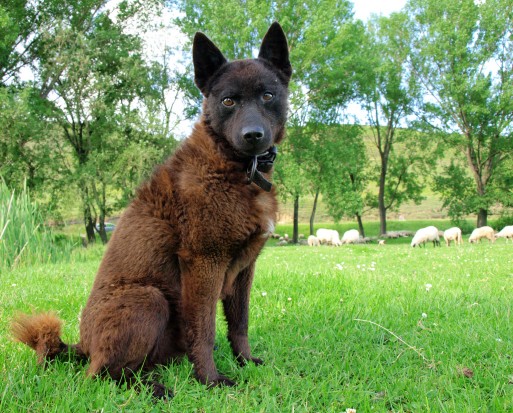 What Is Chagas Disease In Dogs - Is It A Uk Problem?
What Is Chagas Di
What Is Chagas Disease In Dogs - Is It A Uk Problem?
What Is Chagas Di
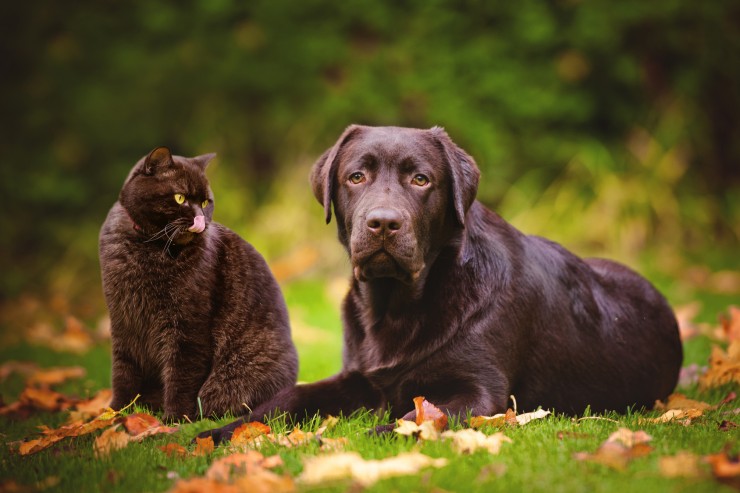 Do Cats Live Longer Than Dogs?
Do Cats Live Long
Do Cats Live Longer Than Dogs?
Do Cats Live Long
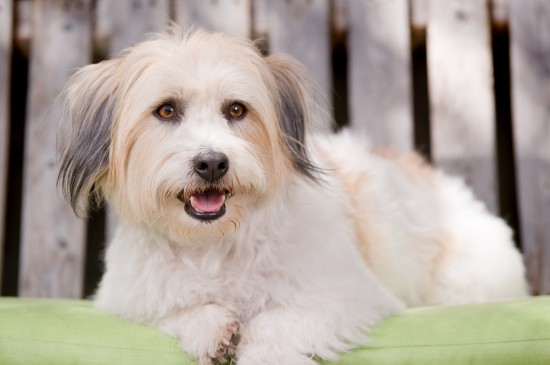 The Differences Between The Maltese Dog And The Coton De Tulear
The Differences B
The Differences Between The Maltese Dog And The Coton De Tulear
The Differences B
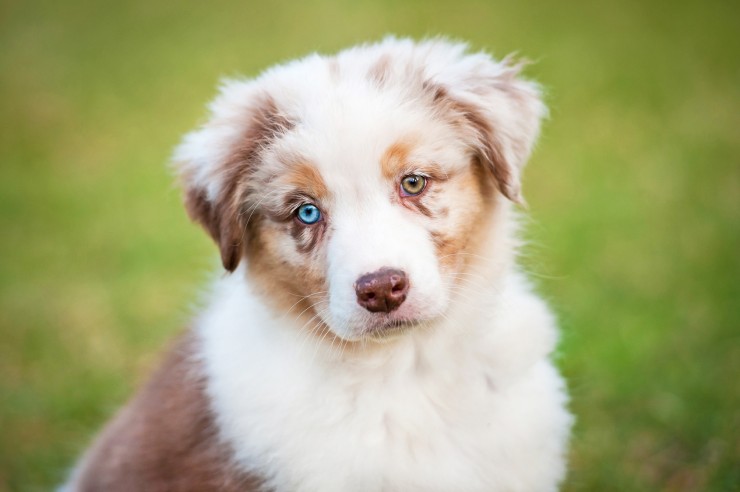 Antihistamines For Canine Allergies
Antihistamines Fo
Antihistamines For Canine Allergies
Antihistamines Fo
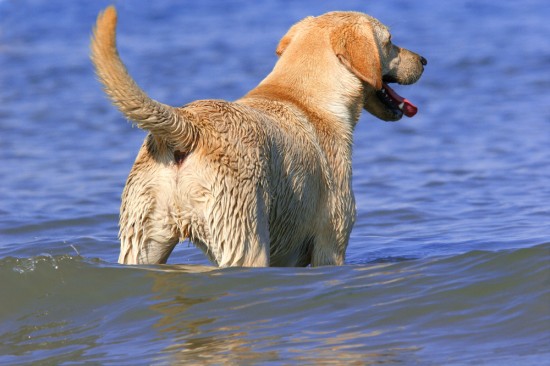 Why Do Pets Have Tails - And Why Don’t People?
Why Do Pets Have
Why Do Pets Have Tails - And Why Don’t People?
Why Do Pets Have
Copyright © 2005-2016 Pet Information All Rights Reserved
Contact us: www162date@outlook.com